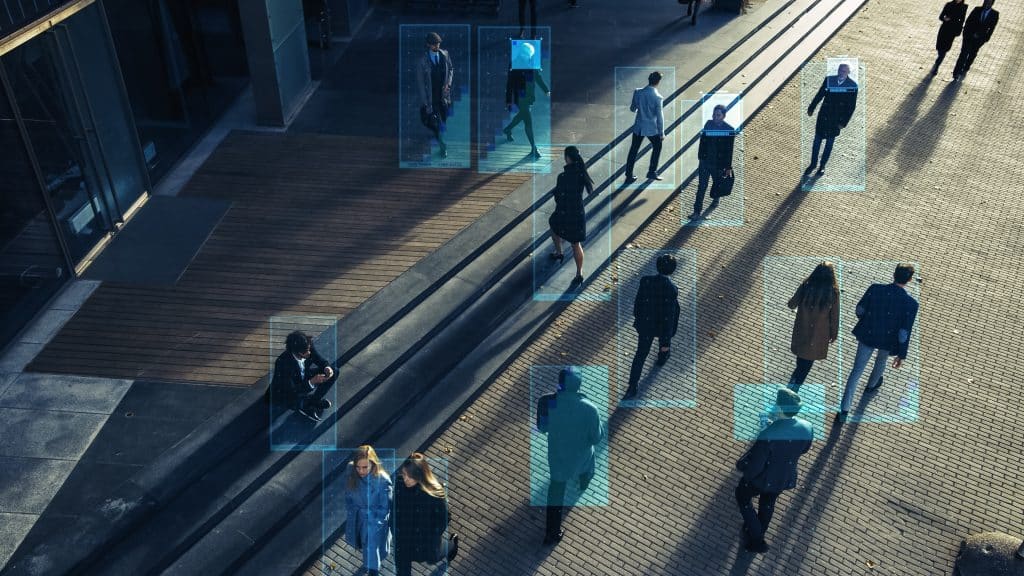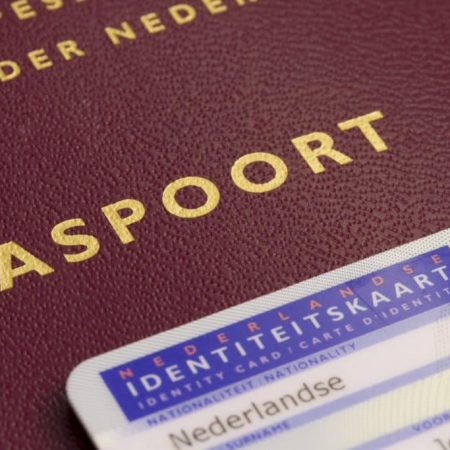Local cloud vies for role in India’s facial recognition surveillance systems
In recent years, both the private and public sectors in India have increasingly adopted facial recognition systems to transform video surveillance. The implementation of facial recognition can vary widely, but in many cases necessitates edge cameras or a cloud component. The specific approach chosen depends on the application requirements, available resources, and desired performance level.
However, integrating facial recognition systems into video surveillance with edge cameras offers several advantages and enhances system performance through real-time identification. Among the additional benefits are improved security, enhanced situational awareness, reduced false alarms, preservation of privacy, minimal latency, scalability, and the ability to operate offline.
In this article, we will explore the latest developments in India to gain insight into how the government intends to leverage advanced edge computing technology while carefully managing privacy and security concerns.
Sparsh CCTV launches an indigenous cloud platform
Some facial recognition system implementations combine both edge and cloud components, where edge cameras handle initial face recognition and certain analysis tasks while transmitting minimal data to the cloud. The hybrid approach benefits edge devices with limited resources and memory, avoiding the need to store vast databases of real-time videos and images. This hybrid method strikes a balance between real-time processing and the advantages of cloud resources, all without demanding heavy bandwidth requirements.
At the India Mobile Congress 2023, Sparsh CCTV, a company specializing in video surveillance and security solutions, introduced an indigenous cloud platform hosted in India. This platform ensures data localization, meaning user data is stored within India in compliance with local data protection and privacy regulations. Given the increasing demand for facial recognition systems, the Government of India has laid out specific security practices and procedures for compliance, and Sparsh CCTV highlights that its cameras hold certain cybersecurity certifications.
Another crucial aspect of a hybrid facial recognition system implementation is achieving low latency and scalability. Sparsh CCTV indigenous cloud platform, being hosted in India, claims to offer reduced latency for users in the region, resulting in faster data access and improved upload and download speeds. The scalability options provided by the cloud platform service are designed to accommodate the growing storage requirements of companies planning to deploy facial recognition systems on edge cameras and host their databases on cloud servers.
India goes beyond traditional video surveillance, looks into 3 prison complexes
One year ago, the Public Works Department (PWD) in Delhi announced its plans to deploy 1248 CCTV cameras in the Tihar, Mandoli, and Rohini prison systems. Among these, the highly congested Tihar prison complex was expected to receive 160 CCTV cameras equipped with facial recognition technology.
However, this system leans more towards a cloud-based approach, offering the capability to upload high-quality images captured by the cameras for real-time processing and storage of recorded data. The software would be installed at three separate remote locations, each with its independent databases and processing servers.
“This is the first time that we will be installing facial recognition cameras,” says Sandeep Goel, director general of the Tihar prison, to the Times of India, adding that the complex will add 556 regular CCTV cameras and 160 with facial recognition.
A more effective approach for this project may have been to utilize edge cameras that inherently support facial recognition systems, enabling most of the analysis to occur at the edge with minimal latency. Given the project’s complexity, particularly in densely populated prison environments, the ability to capture and store images from the cameras could have been leveraged for subsequent cloud-based processing. This hybrid approach would have had the potential to yield significant cost savings for the government.
Public sector project for facial recognition system at major railway stations
The Indian Railways have announced plans to introduce facial recognition systems at major railway stations, including the Patna junction within the Danapur division of the East Central Railway. The railway authorities have identified approximately 200 stations falling under the ECR’s jurisdiction that would get a comprehensive security upgrade. The objective is to enhance security measures and integrate the facial recognition system with the existing database of criminal activities occurring in and around the railway station premises.
Although specific details about the implementation of the facial recognition system remain unclear, it would be interesting to observe if this installation adopts a hybrid infrastructure. Such an approach could involve using edge computing cameras to handle the recognition tasks alerting security personnel when a potential match is detected. However, some reports raise concerns that an unchecked facial recognition system linked to crime data could risk mass profiling and unwarranted surveillance. Consequently, the system must carefully consider security and privacy concerns when deploying a large-scale public surveillance system.
One of the motivations for incorporating edge cameras into the facial recognition system is to enhance surveillance accuracy. In an interview with the Financial Express earlier this year, Sandeep Shah, an industry expert and co-founder and managing director at Optimized Electrotech, highlights that human operators represent the weakest link in security systems. He further explains that individuals cannot consistently monitor multiple screens without losing focus, which can lead to decreased productivity, longer response times, and an increased likelihood of human error.







